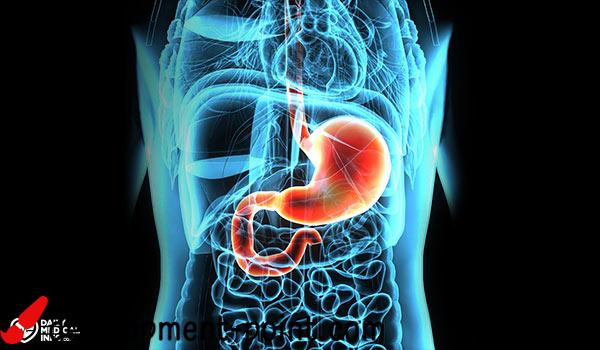Leg stroke after cesarean section, what are its causes and treatment?
Women who underwent a cesarean section are more likely to suffer a leg stroke than others who underwent a normal delivery. Learn more about the causes and symptoms of a leg stroke after a cesarean section and methods of treatment in this article.
Leg stroke after cesarean section
The researchers confirmed, after analyzes and international studies, that women who underwent a cesarean section were 4 times more likely to suffer leg clots after childbirth than women who gave birth vaginally, whether clots were in the legs or lungs.
The researchers also showed that pregnancy itself increases the odds of having a leg stroke after a cesarean section in the weeks following surgery, as 1 out of every 1,000 women who underwent a cesarean section may experience blood clots.
Although a caesarean section increases the risk of blood clots, this risk is still low, and most women will not develop this condition. However, you should take the risks into consideration and talk to your doctor about them before making any decisions.
Symptoms of leg stroke after cesarean section
A leg stroke is when blood clots in the deep veins, leading to a deep vein thrombosis. The most common symptoms of a foot clot after childbirth include:
- Sore leg and a feeling of heaviness in it.
- Swelling or swelling of the affected leg, which may be mild or severe.
- Feeling pain in the leg.
- In the event that the blood clot is released and moved from the foot to the lungs, its symptoms include the following:
- pain in chest.
- Cough.
- breathing difficulties.
- pulmonary embolism
When the clot is released and transferred to the lung, it can be life-threatening, so when you feel any of the previous symptoms, you should quickly go to the doctor to diagnose your condition and receive the appropriate treatment.
Causes of leg stroke after cesarean section
The risk of a stroke in the leg after a cesarean section is higher than a normal delivery, and there are some reasons that can increase the risk of clots, including the following:
- Caesarean delivery.
- Obesity.
- Women over 35 years old.
- infection.
- diabetes.
- Hypertension.
Pregnancy can contribute to blood clots for several reasons, including:
- Changes in hormones and proteins that affect the tendency of blood to clot.
- Eclampsia.
- Pressure on the blood vessels in the pelvis.
- Immobility after cesarean section.
Undergoing a caesarean section increases the odds of a leg stroke because any surgery can lead to the formation of blood clots, because the body responds to surgery by mobilizing healing mechanisms by increasing the tendency of blood to clot to close wounds.
In many cases, the problem that prompted the pregnant woman to undergo a cesarean section plays a role, such as preeclampsia, as some cases that increase her need to undergo a cesarean section also increase the risk of blood clots.
Treatment of leg stroke after cesarean section
If your doctor suspects that you have a venous thrombosis in the leg (blood clot), he will advise you to use anticoagulant medications, most notably an injection of a drug called heparin to thin the blood. There are different types of heparin according to your health condition and some other factors determined by the doctor. The benefits of heparin are:
- It works to prevent a clot from getting bigger so your body can gradually dissolve the clot.
- Reduces the risk of pulmonary embolism.
- It reduces the risk of further clots.
- It reduces the risk of long-term leg problems.
Notice; You should not take any therapeutic medications without a prescription from your doctor until you are sure that your condition is diagnosed first to receive the appropriate treatment.
Prevention of leg stroke after cesarean section
There are some tips that doctors have explained and recommended to prevent a leg stroke, which include the following:
- Use of a pneumatic pressure device before childbirth: the device is placed on the legs to help prevent blood pooling.
- Get up and stand on your feet as soon as possible after a cesarean delivery: immobility can also contribute to blood clots.
- Use of anticoagulant medications: In some cases where women have additional risk factors for a blood clot, doctors may prescribe medications to prevent clots such as heparin.
In the end, after knowing the causes and symptoms of a leg stroke after a cesarean delivery, methods of treatment and how to prevent it, you should take good care of your health and go to the doctor as soon as you feel any of the previous symptoms in order to quickly receive appropriate treatment before any complications or risks occur, and we wish you a speedy recovery.

